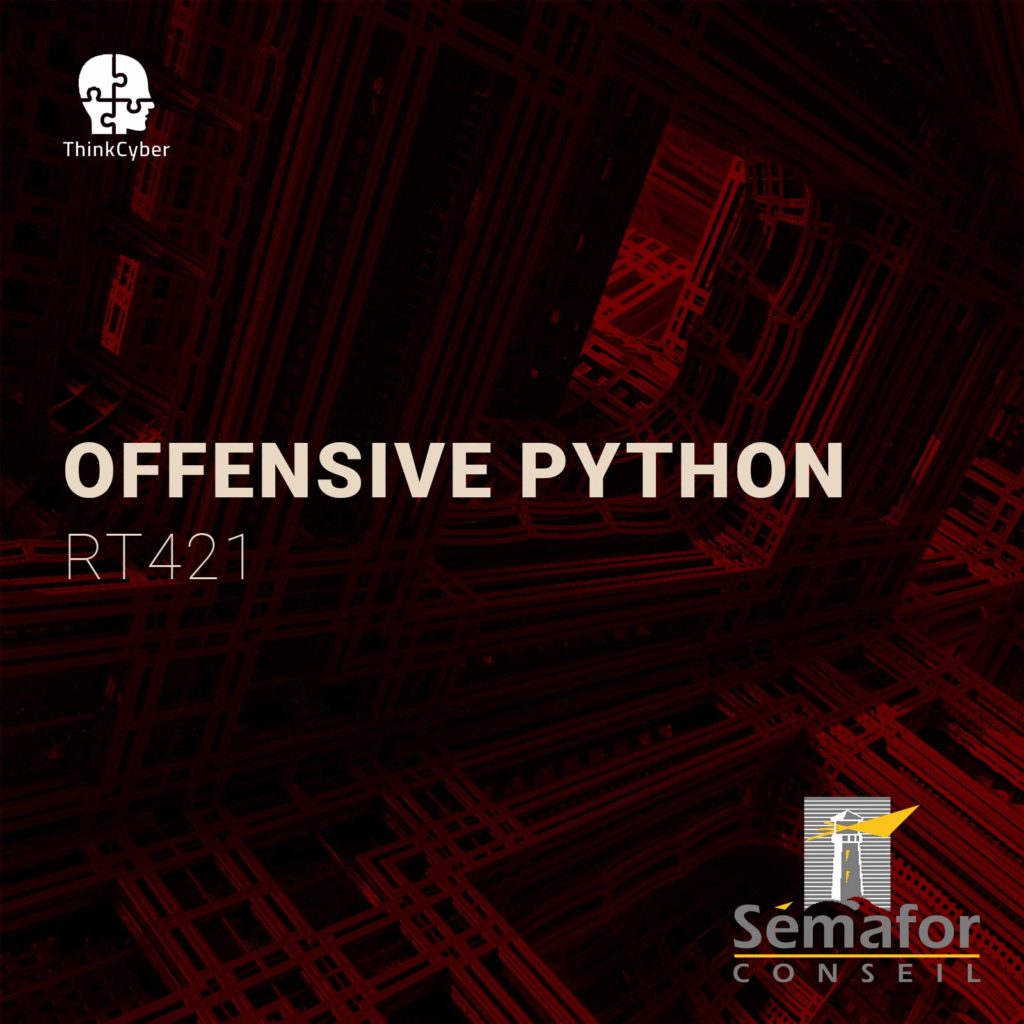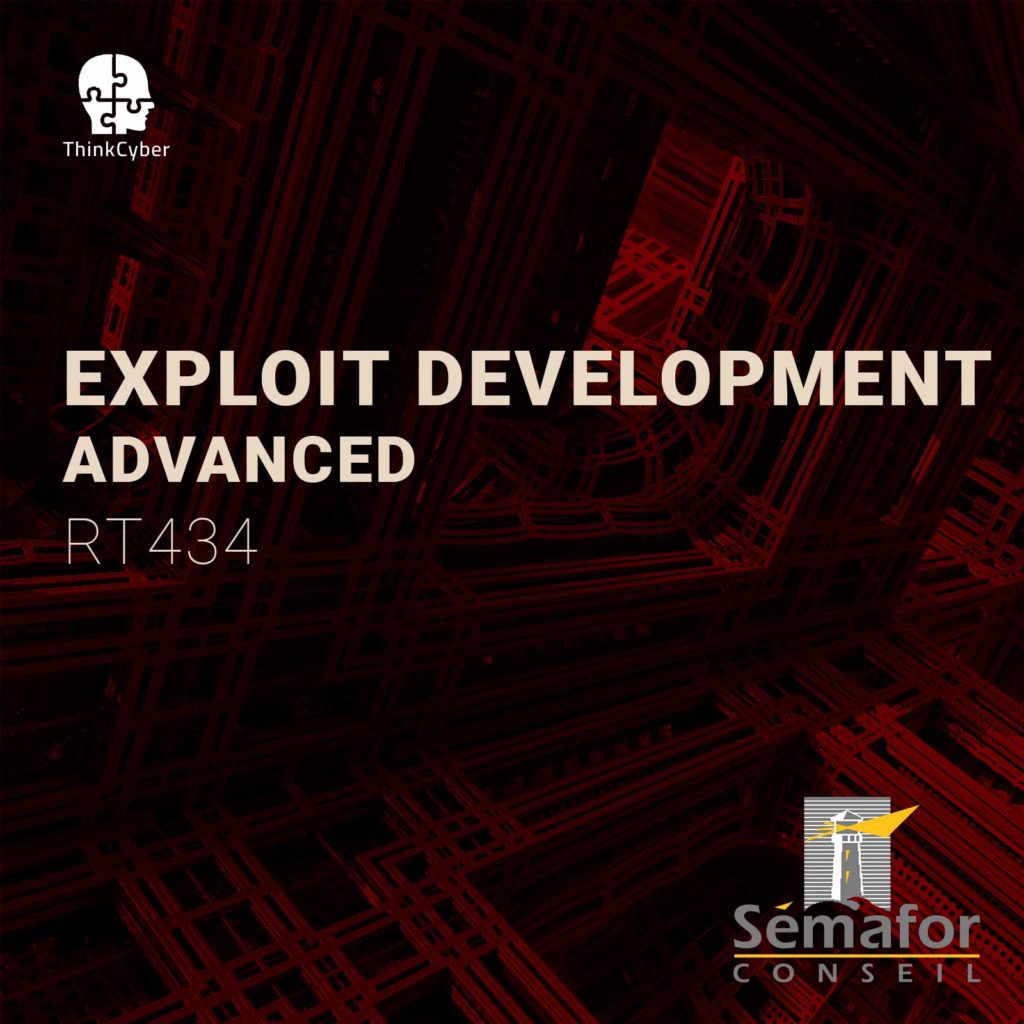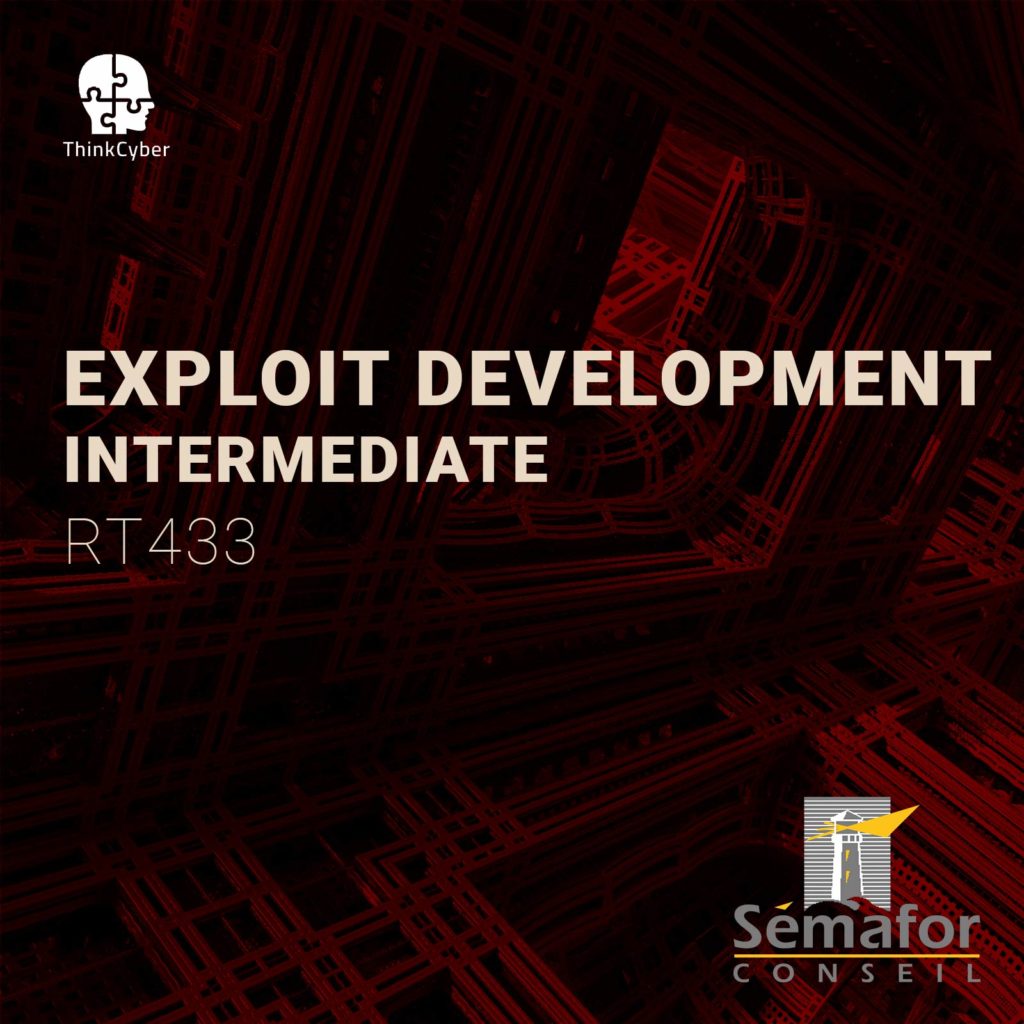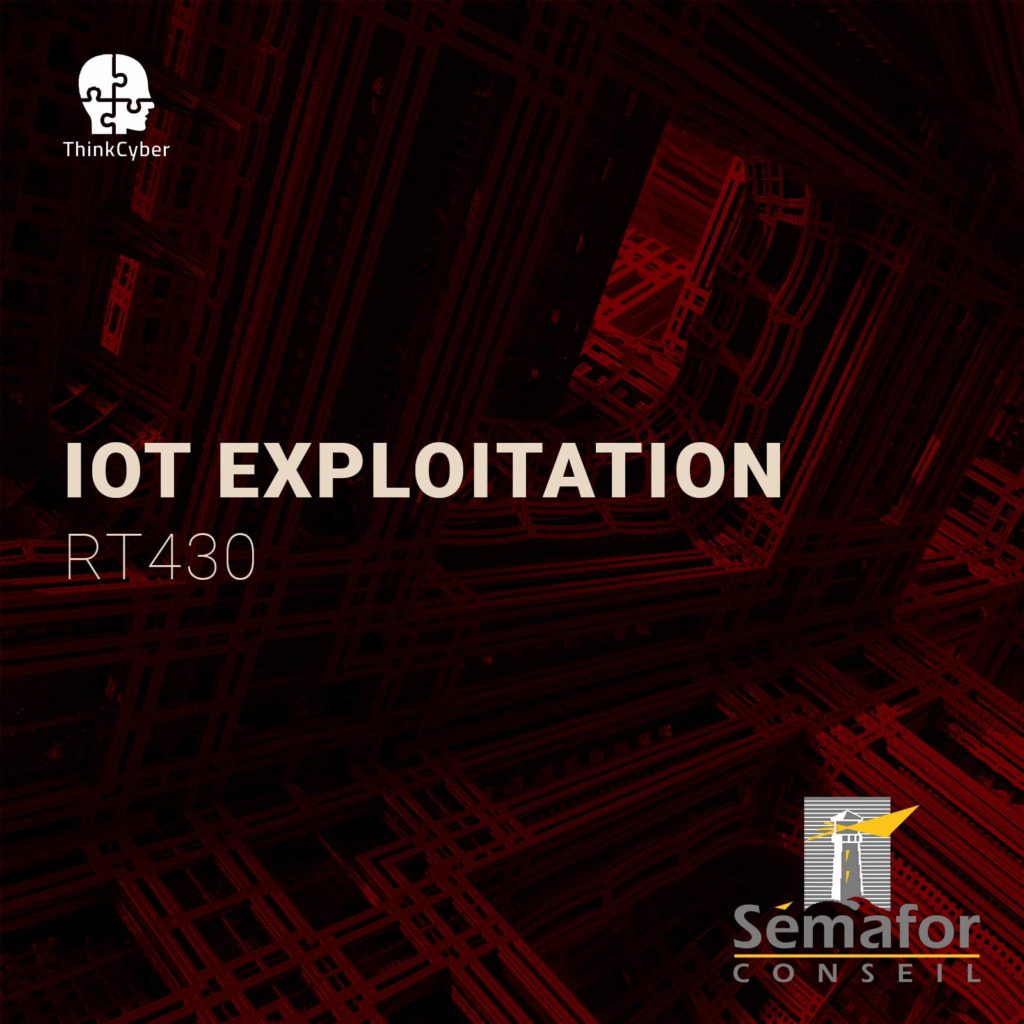Windows Exploitation
RT424
Table of Contents
Description
Microsoft Windows is one of the most popular operating systems ever used. This operating system can be found on any device, such as computers, phones, banking machines, and many more.
In this training, you will learn about Windows operating system, and you will gain experience in both offensive and defensive methods, as knowing how to break into the system is not the same as understanding how to defend against the attack . Participants will learn the latest hacking methodologies and use of different attack methods on the various Windows operating systems and Windows applications, and on the other side, how to defend against them.
How to make the most of this course?
In order to succeed in the course, the following requirements must be met:
- Participation in all practical laboratories
- Self-work at home between lessons
- Repetition of materials, self-learning, performing tasks, etc…
In addition to regular classroom studies, the participant is required to practice at least 10 hours a week in order to gain practical experience in the field.
A personal computer suitable for running virtual machines, with an Internet connection
Transition of the scenarios in the Cyberium Arena.
Target audience
- Penetration testers for Windows environments
- Security professionals and vendors
- System and network administrators
- IT professionals
Objectives
- Getting to know the Windows environment
- Discovering vulnerabilities in various Windows operating systems
- Taking advantage of vulnerabilities
- Explore multiple attacks and how to defend against them
- Hardening and securing the Windows OS
Pre-requisites
- ThinkCyber Level-2 Courses
Syllabus
Description
In this module, participants will learn about Windows operating systems in general, system management, folder structure, and the concept of exploitation.
Technical content
- Windows Fundamental Components
o Common Windows Versions
o Domain vs. Workgroup Environment
o System Built-in Services
o Network Configurations
▪ Internet Connection State (Public or Private)
o Security Components
▪ The Windows-Firewall
▪ Windows Defender
▪ Antimalware Scan Interface (AMSI)
▪ Local Security Policy
o CMD and Batch Scripting
o Windows Server Concepts
Description
Windows systems are vulnerable and have many security breaches. It is the lack of knowledge of the average user regarding security. The flaws found from time to time in the operating system and the various types of software installed on it, are causing Windows to be a lucrative target, so hackers can take advantage of this and use it to manipulate the user and succeed in their malicious actions. In this module, we will exploit Windows through various methods.
Technical content
- Gathering Information
o Enumerating Windows ServicesSMB
LDAP
Kerberos
IIS
NetBIOS
RPC
o Domain Enumeration - Attacking the Host
o Basic Metasploit Modules
o Preforming Known ExploitsBlueKeep
EternalBlue
o Cross Forest Attacks Using Domain Trust
o Macro and Hardware-Based Attacks
o Post exploitation PhaseDomain Privilege Escalation using DNSAdmin
Kerberos Ticket Harvesting and Kerberoasting
Dumping Passwords from the Memory
Lateral Movement Throughout the Domain
Domain Persistence using DCShadow
Description
PowerShell is a built-in shell, available on every supported version of Microsoft Windows, which provides incredible flexibility & functionality to manage the Windows system. In this module, we will learn various techniques to use PowerShell as a Red-Team tool in the Windows environment, and how to understand and leverage this capability of the PS platform to gain and maintain access in this environment.
Technical content
- Introduction to PowerShell Scripting
o What is PowerShell
o Using ISE, help system, cmdlets, and syntax of PowerShell
o Scripting Basics
o Advanced ScriptingWorking with Pipeline, Files, Functions, Objects, Jobs, and Modules
Improving Performances
Executing Policies with Scripts
Command Injection
• PowerShell as Offensive Tool
o Recon and ScanningGathering Information about the Network
Vulnerability Scanning and Analysis
Strategies
Avoiding Detection
Tools Written/Integrated with PowerShell
o ExploitationBrute Forcing
Client-Side Attacks
Using Existing Exploitation Techniques
Porting Exploits to PowerShell – When and How
Human Interface Device
Getting Foothold on the System
o Use Management Tools to Attack Systems
o Writing Shells in PowerShell
o Pivoting to other Machines using PowerShellGaining Control of WinRM and WS-Man Sessions
Description
Microsoft Windows has been the primary target for attacks; thus, it has security measures that can help you prevent and avoid them if possible, such as Windows updates, encryption services, and secure connections. In this module, you will learn how to detect and defend against attacks and breaches, and how to avoid them from the start using Windows features and applications
Technical content
- Windows Server Hardening
o Proper Active-Directory Structure
o Crafting GPO
▪ Blocking App Installation
▪ Restricting Access to Command-Lines
▪ Registry and Run Access Control
▪ Hard-Drive and USB Blocks
o Patches and WSUS
o Shared-Folders as Drives - Host Hardening
o DEP – Identifying and Handling Suspicious Files
o Restricting User’s Environment
▪ Block User Desktop
▪ Store User-Profile Online
▪ Lock Local Users
o Hardening Network Settings
o BitLocker and Tamper-Resistance
o Custom Access-Control
▪ System Internals Suite
▪ Understanding Event Viewer
▪ Sysmon as a Service
Labs
- Lab 1 Advanced Enumeration
- Lab 2 Attacking the Host
- Lab 3 Privilege Escalation
- Lab 4 Red-Teams PowerShell
- Lab 5 Mass Attack
- Lab 6 Domain Exploitation
- Lab 7 Post Exploitation
- Lab 8 Exploiting with Updates
Real Cases Studies
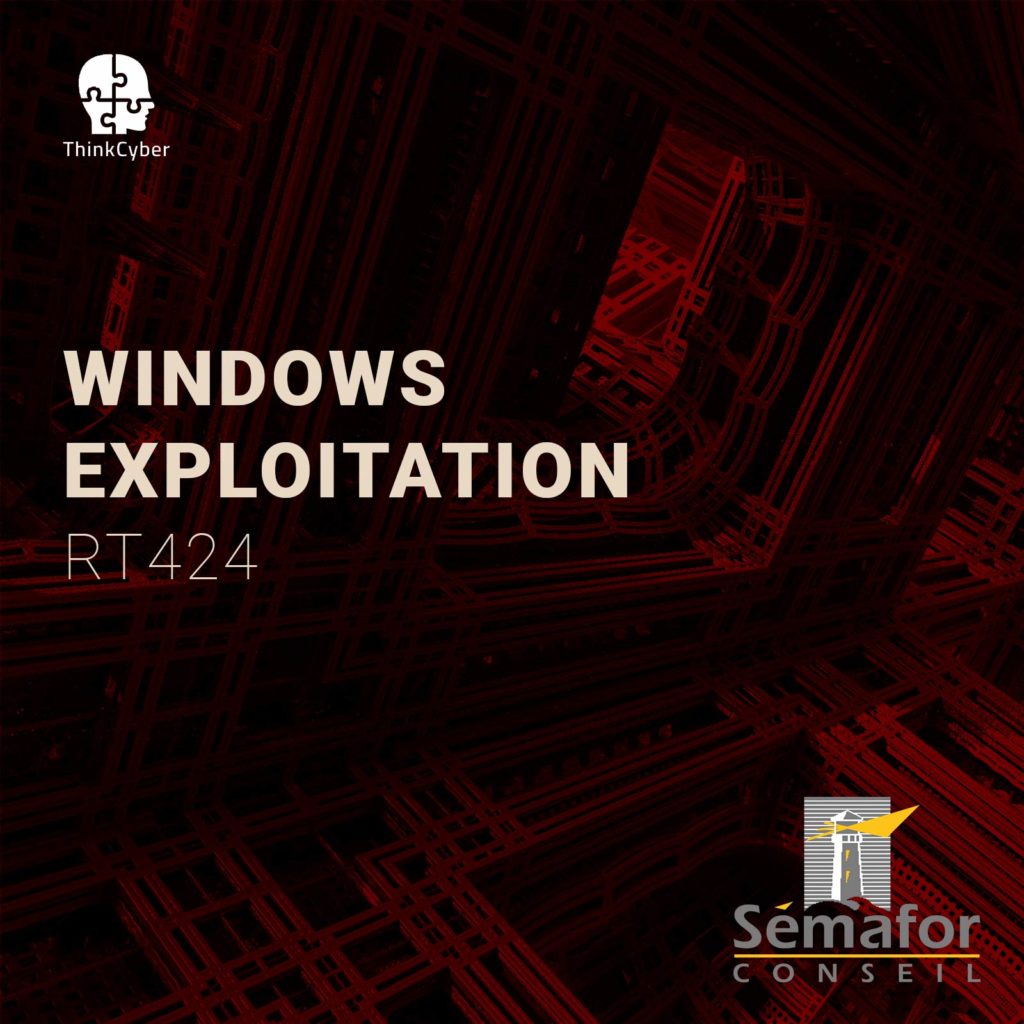
Course type
This course is delivered in the following ways:
- Virtual classroom with proctored labs and scenarios executed in our Cyberium Arena
- In situe classroom with proctored labs and scenarios executed in our Cyberium Arena
All sessions are recorded and attendees can replay them during 30 days. All course material is electronically made available to the participant.
Course Group: FOUNDATION
Hands-on / Theory MiX
The following course incorporates a high level of hands-on labs exercises, as well as real life case studies.
Certification
This course prepares the participant to the following certification:
- OSEE (Offensive Security)
Required EqUIPMENT
Network connection
As this course extensively uses a cloud based Learning Management System, including a lab arena, attendees need a stable broadband connection to the Internet.
BYOD – Bring Your Own Device
As it is a very practical course, and in order for the participants to make the most of the course, they need a laptop with the following capabilities:
- Audio and Video
- 8 GB RAM
- 200 GB Disk Space
- Virtualization capabilities ( supporting latest version of Virtualbox or similar virtual machine application)
And also a Good Headset with Mic

